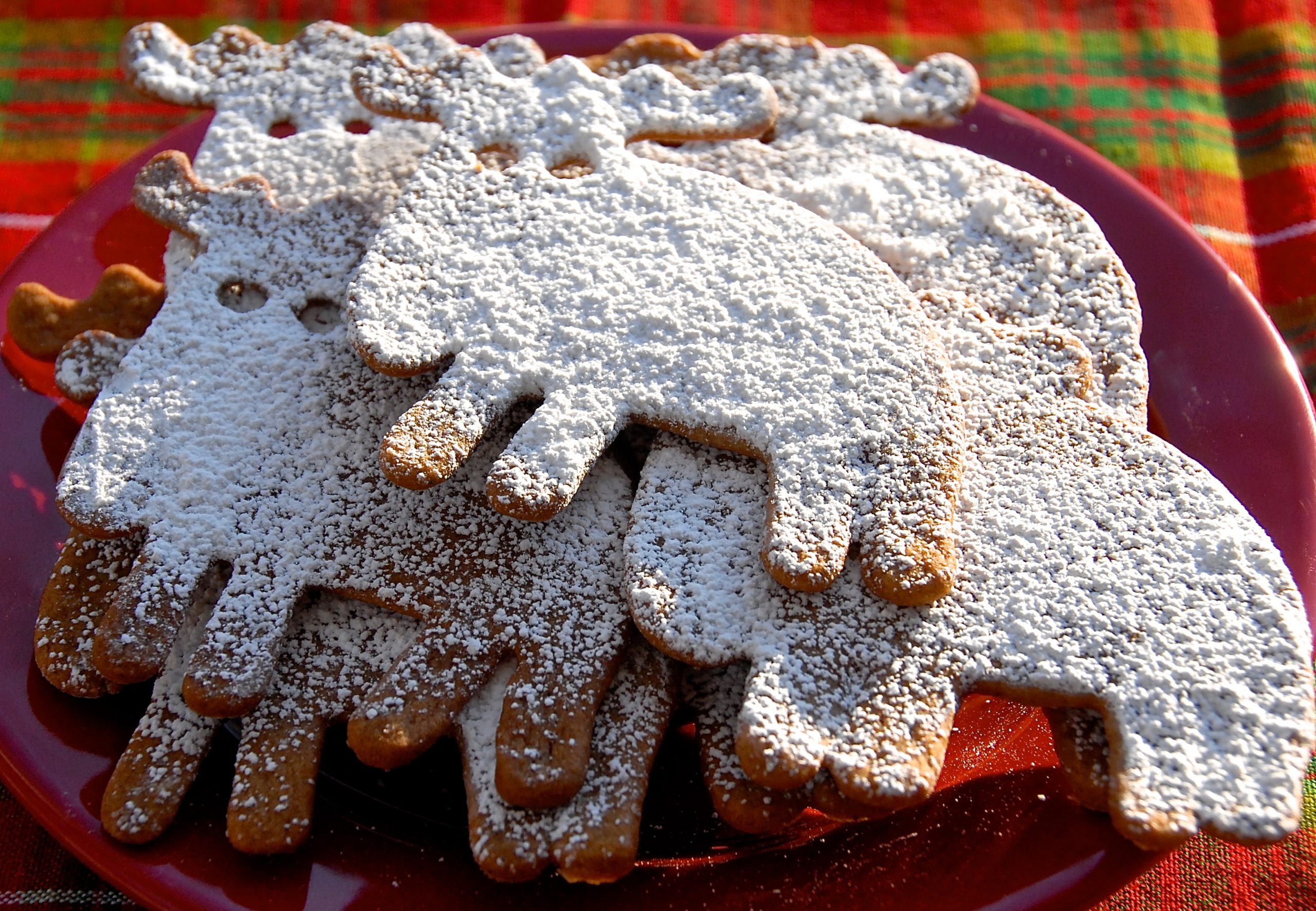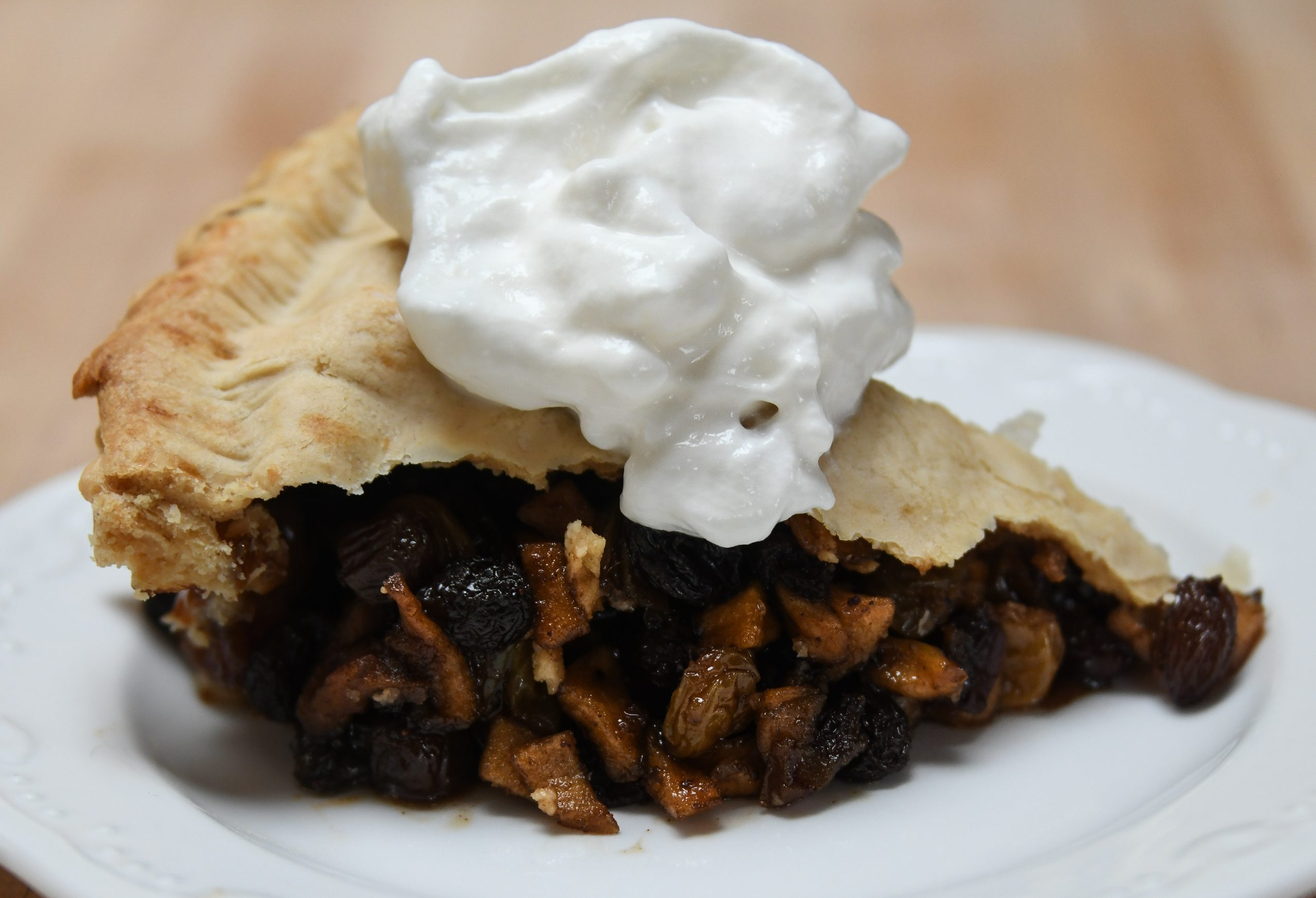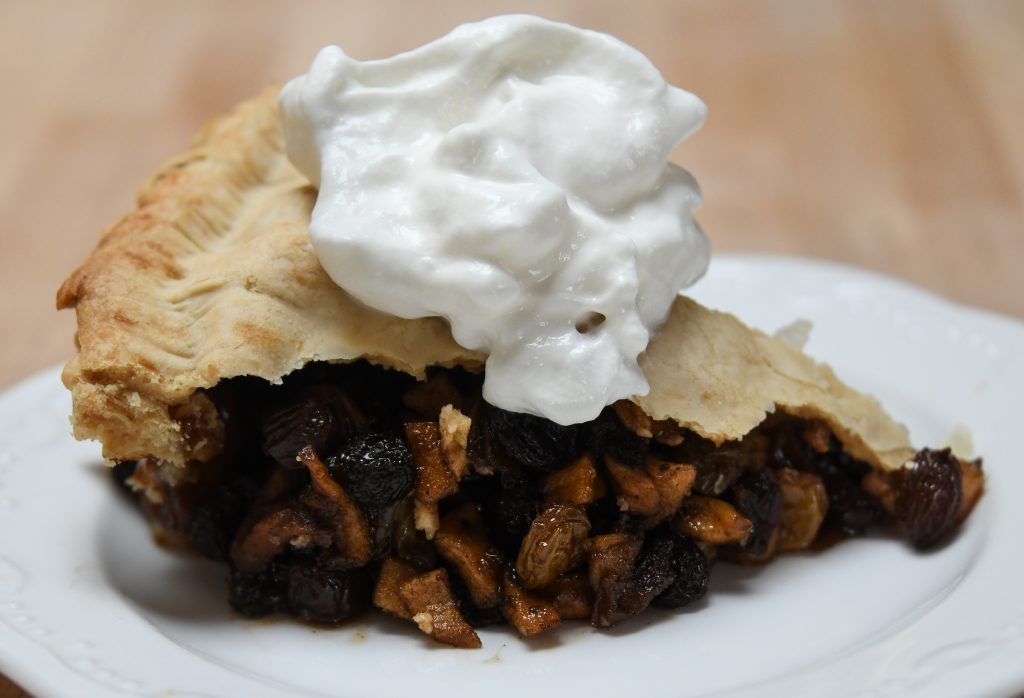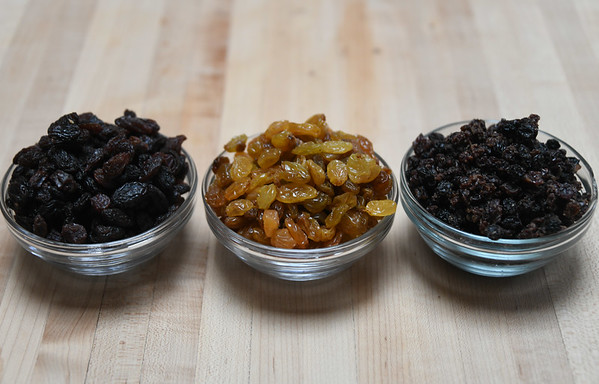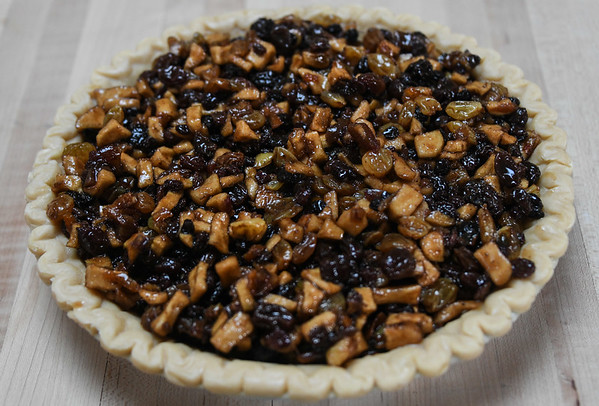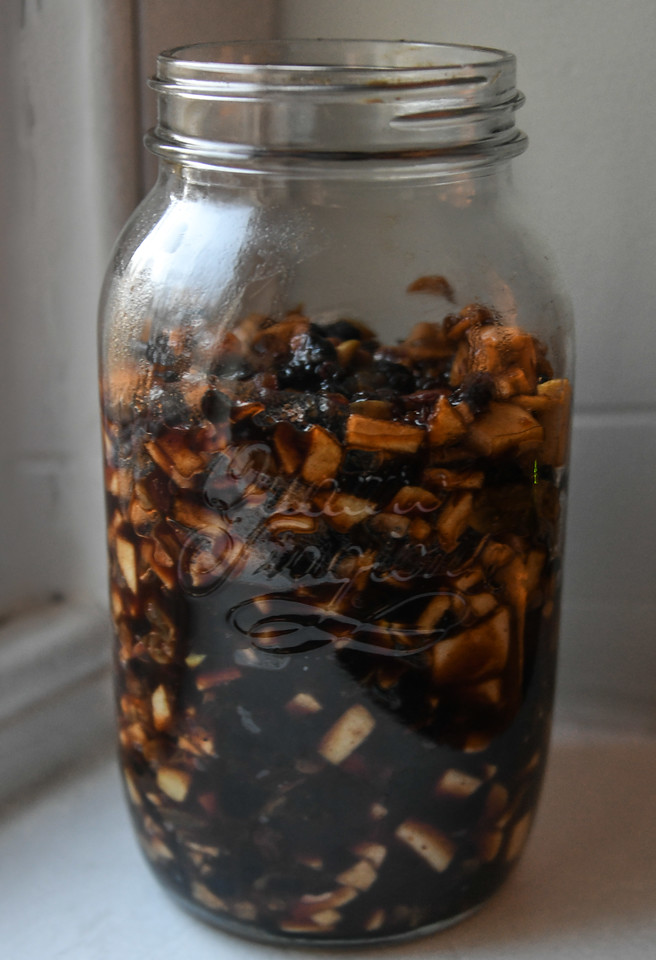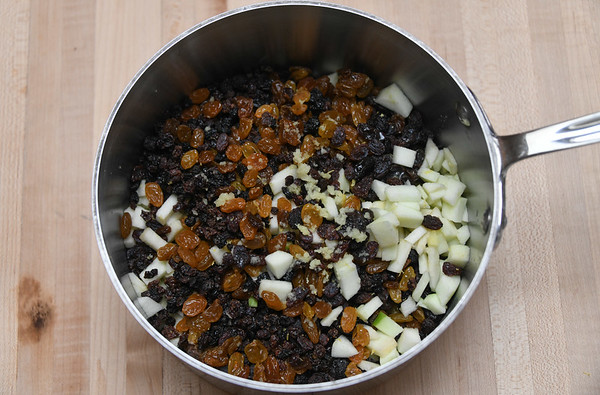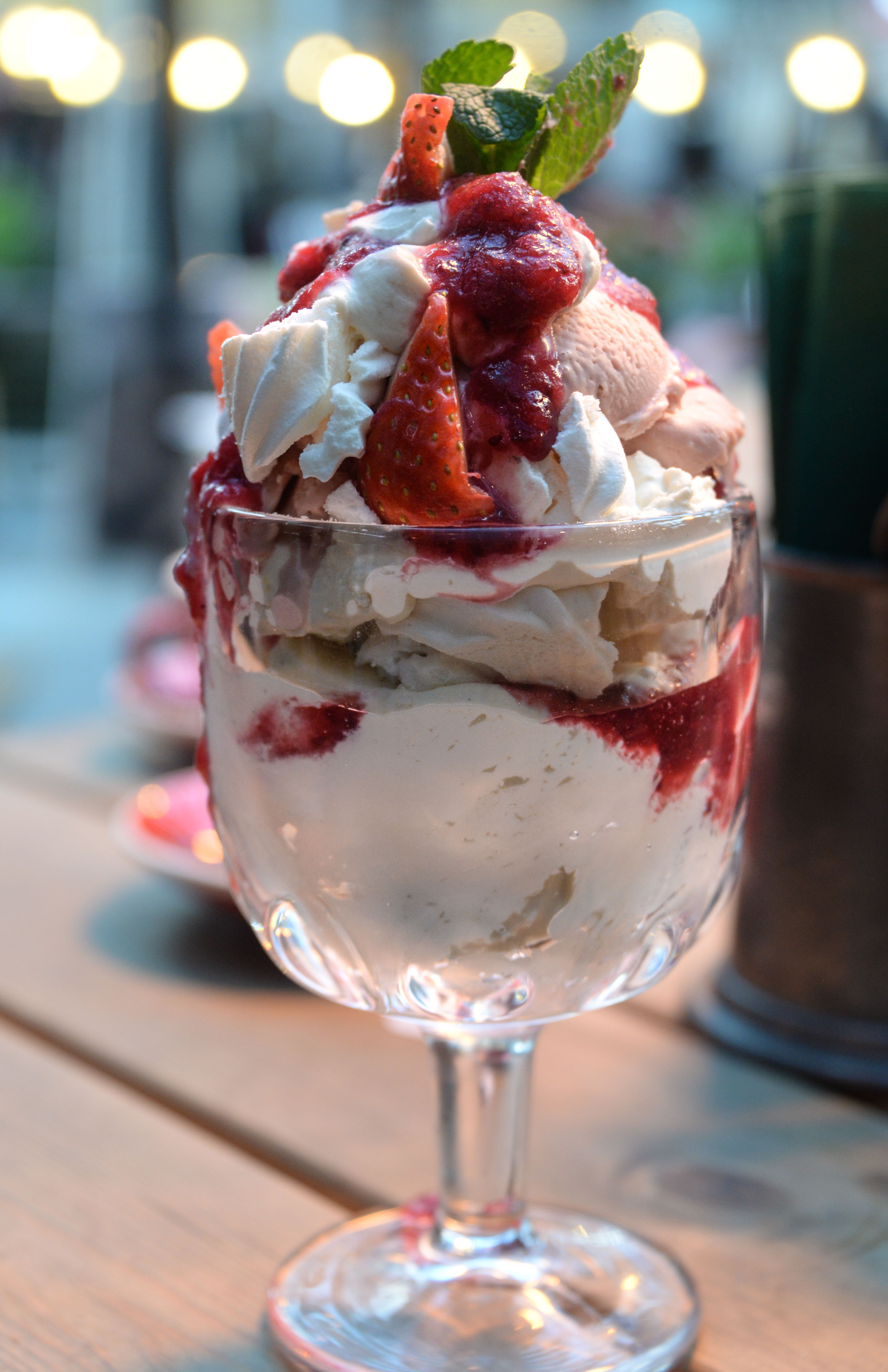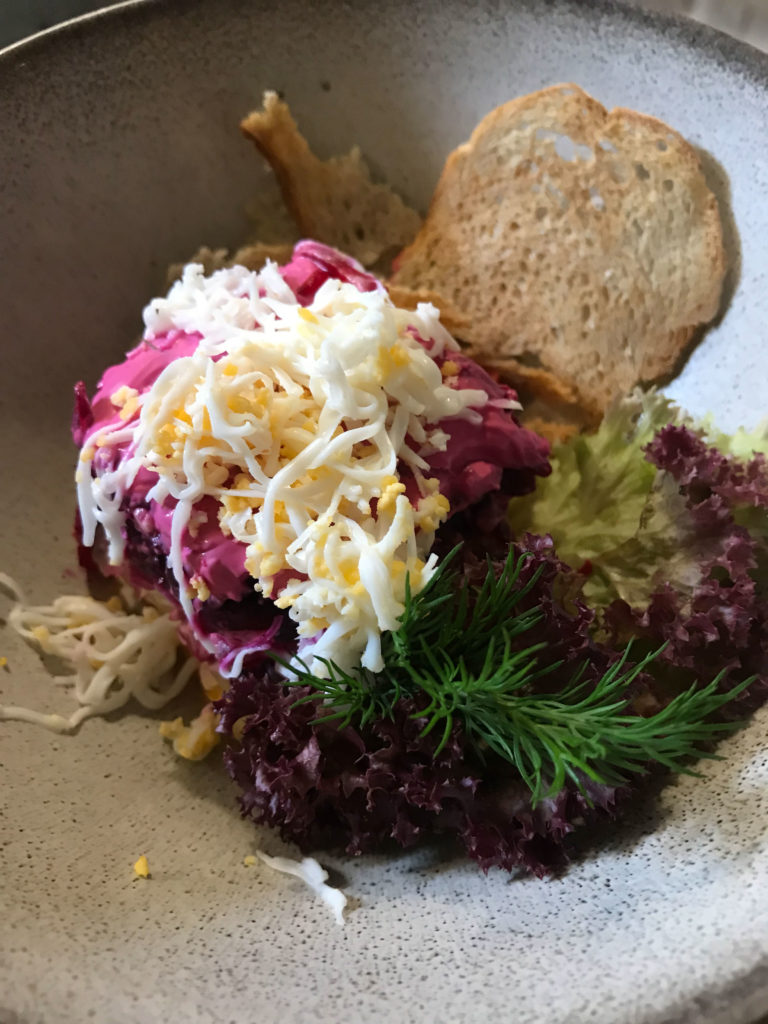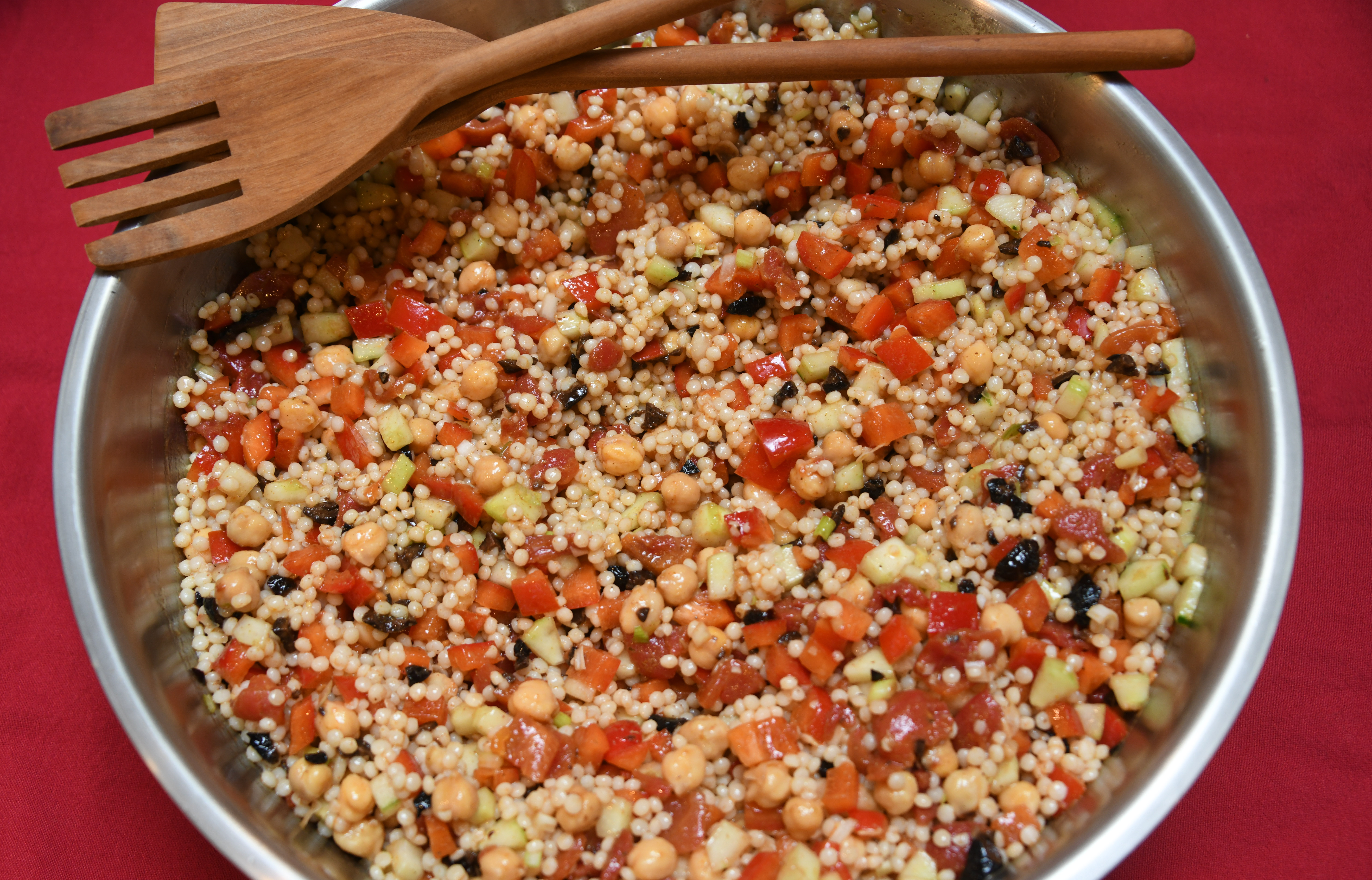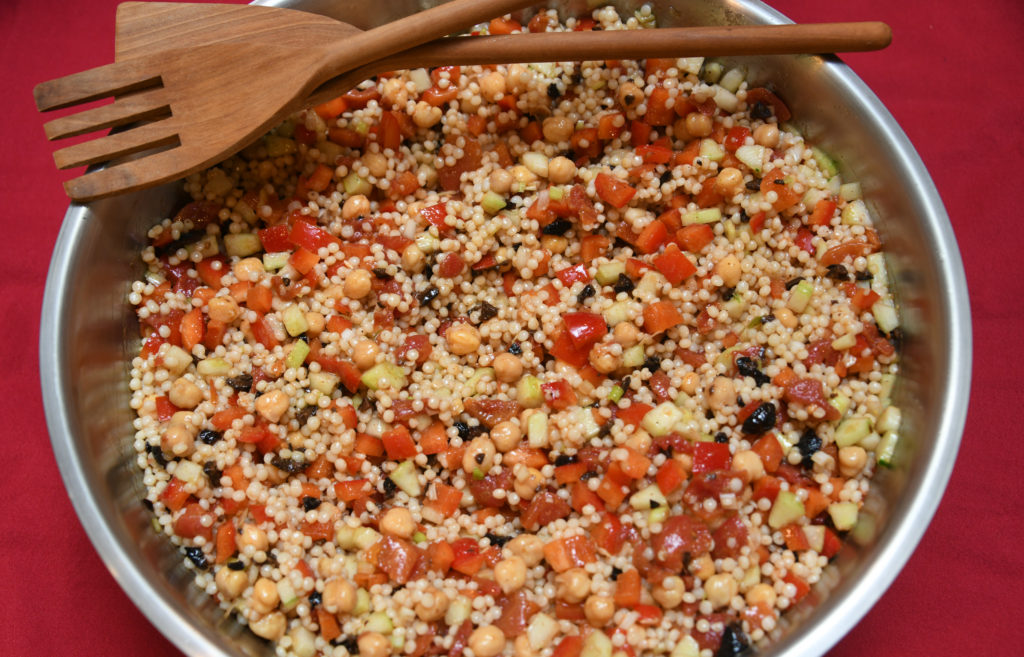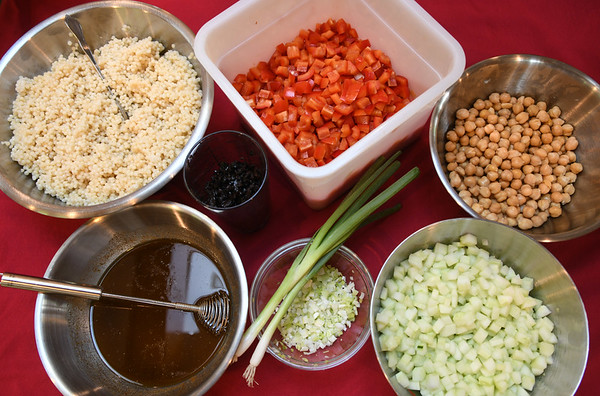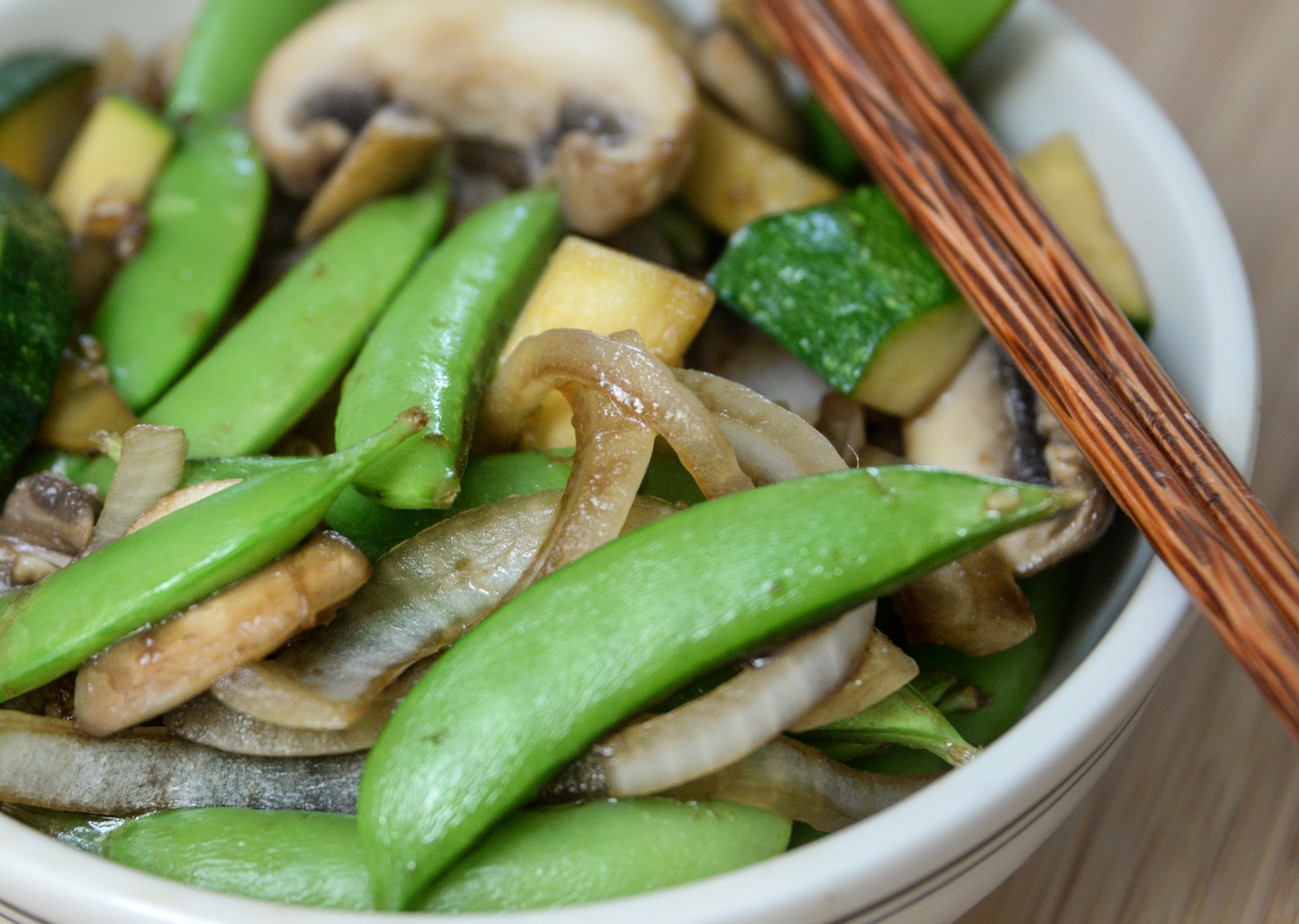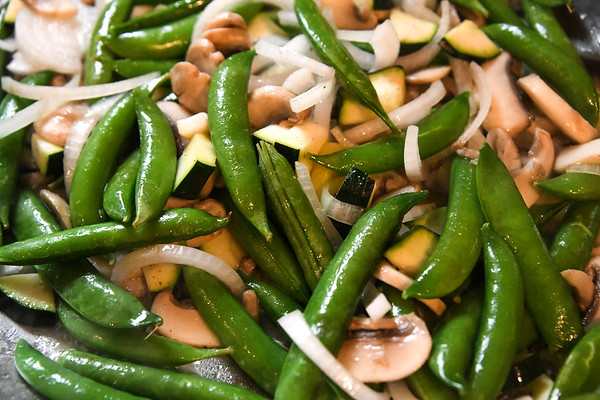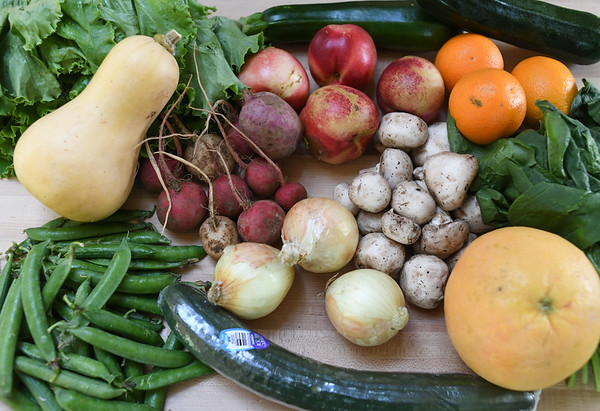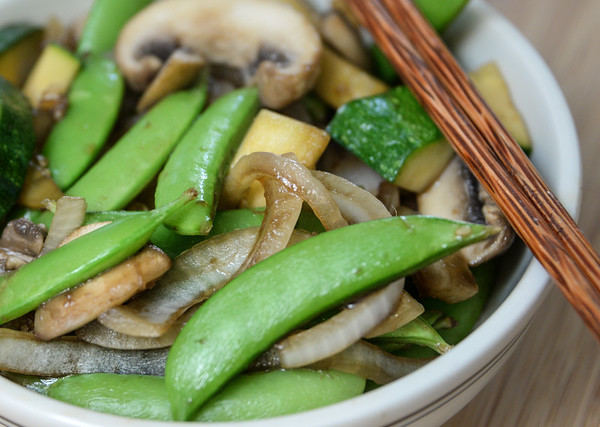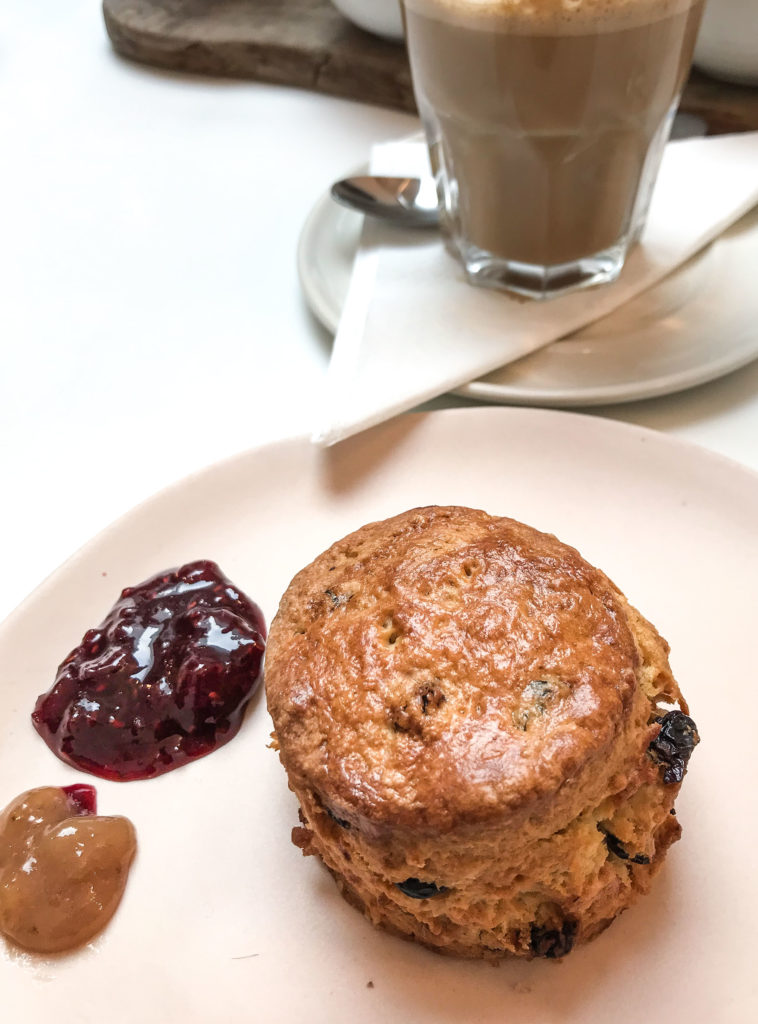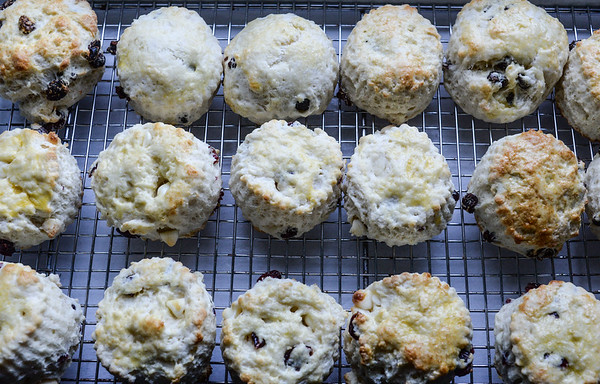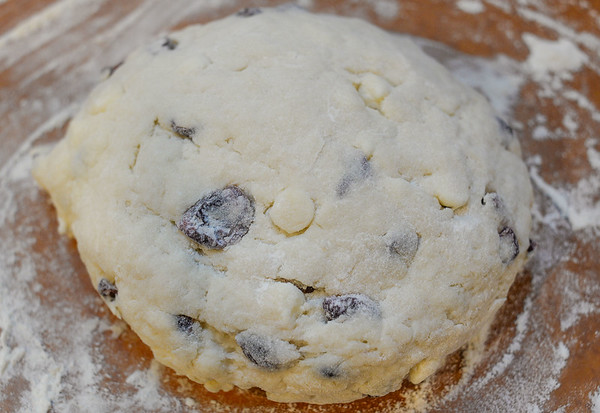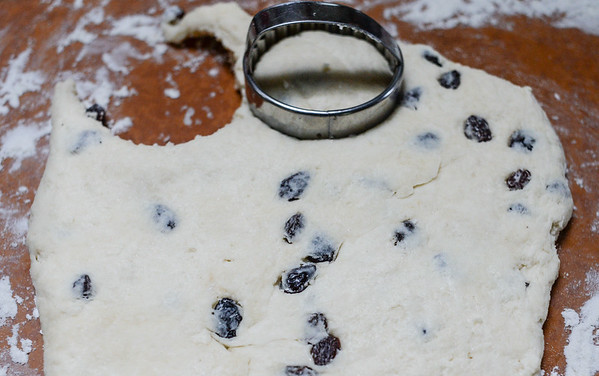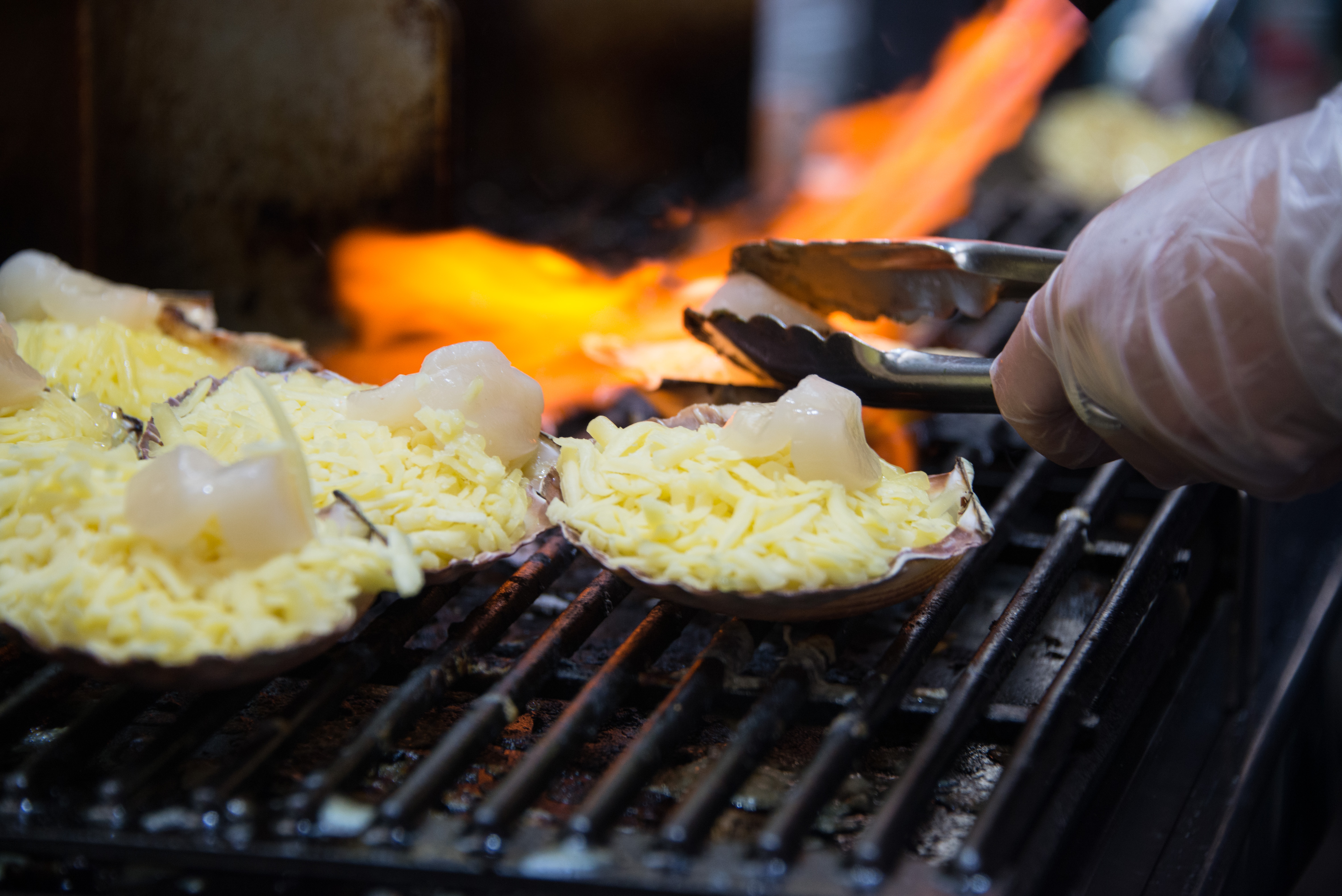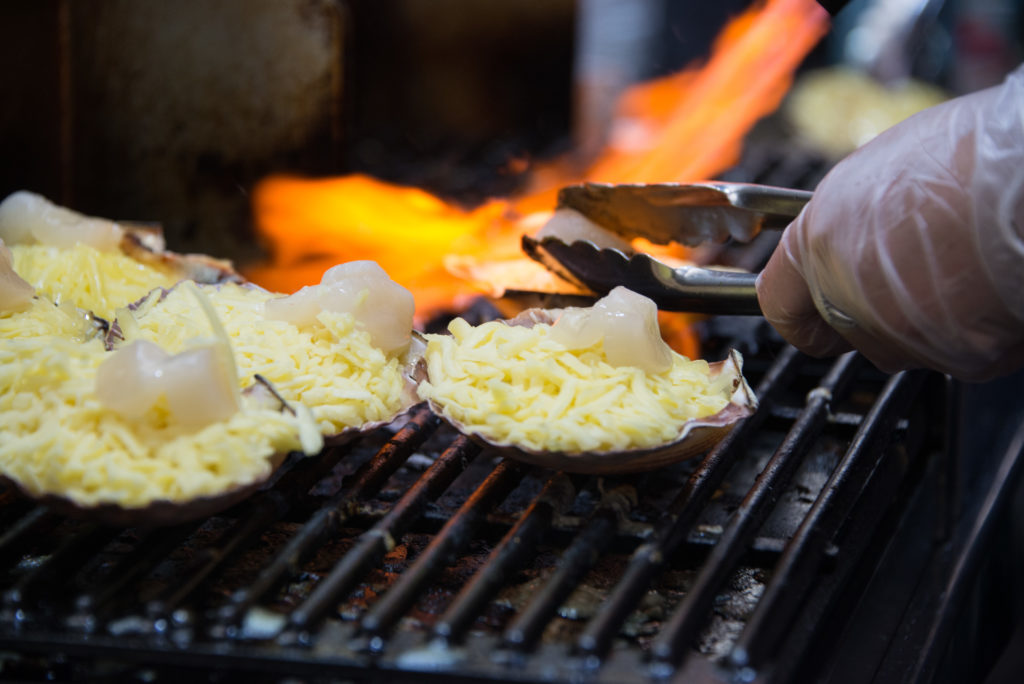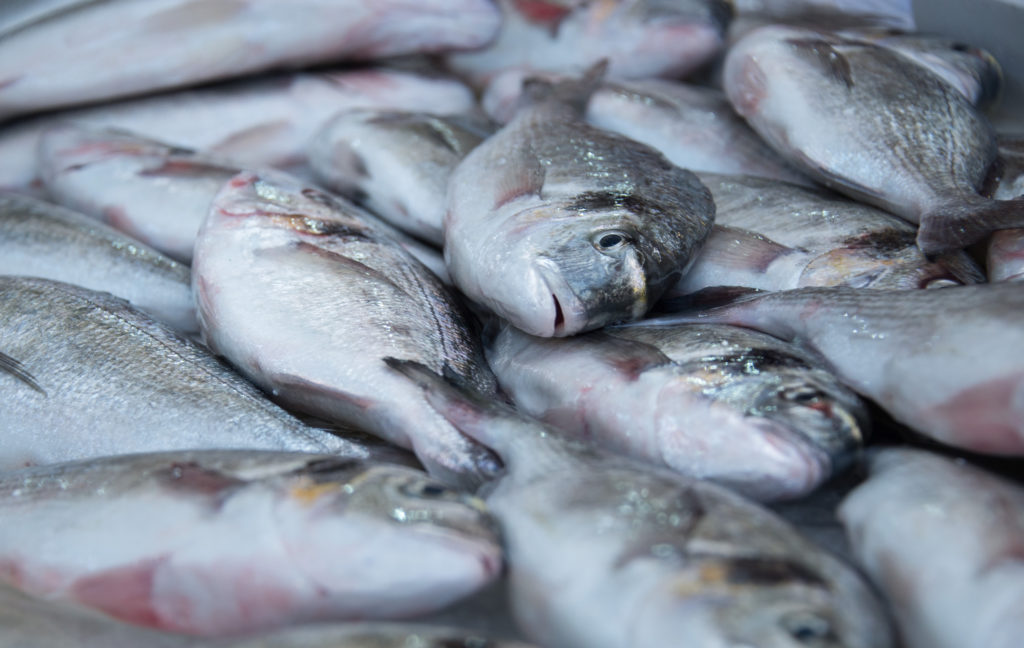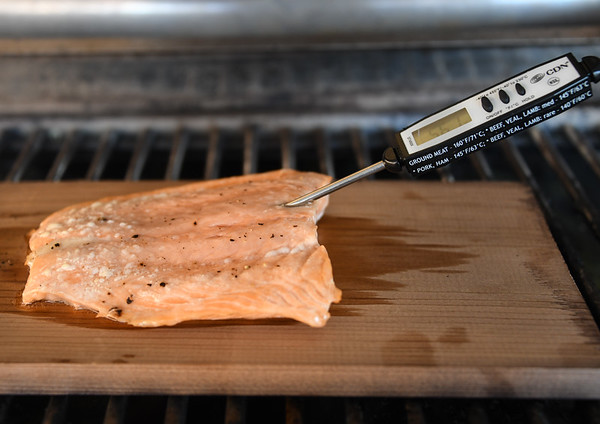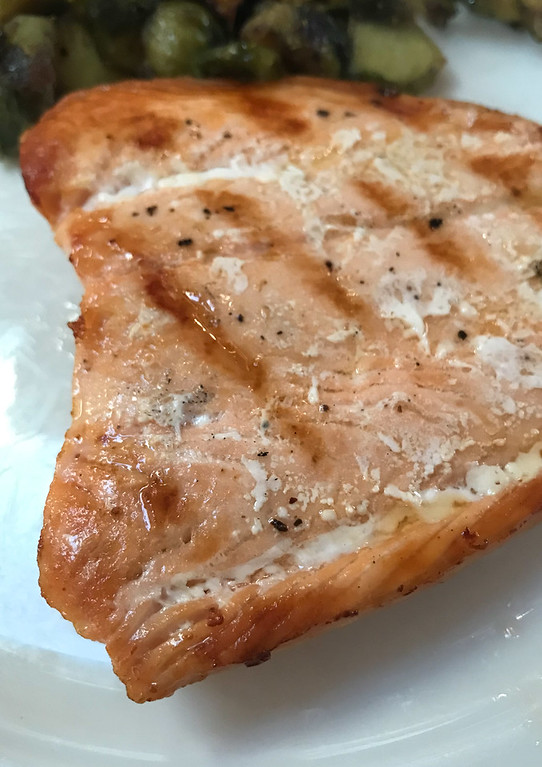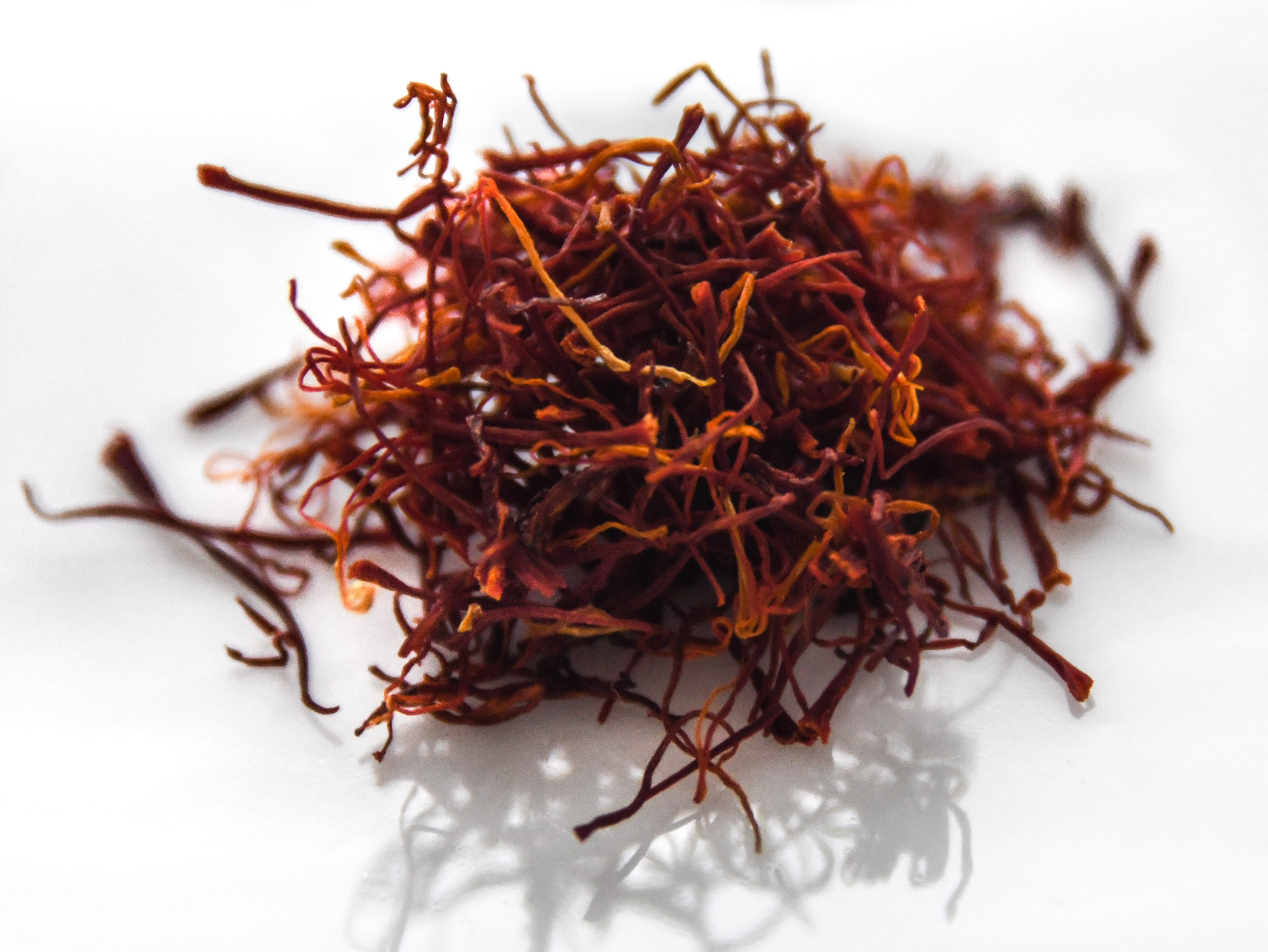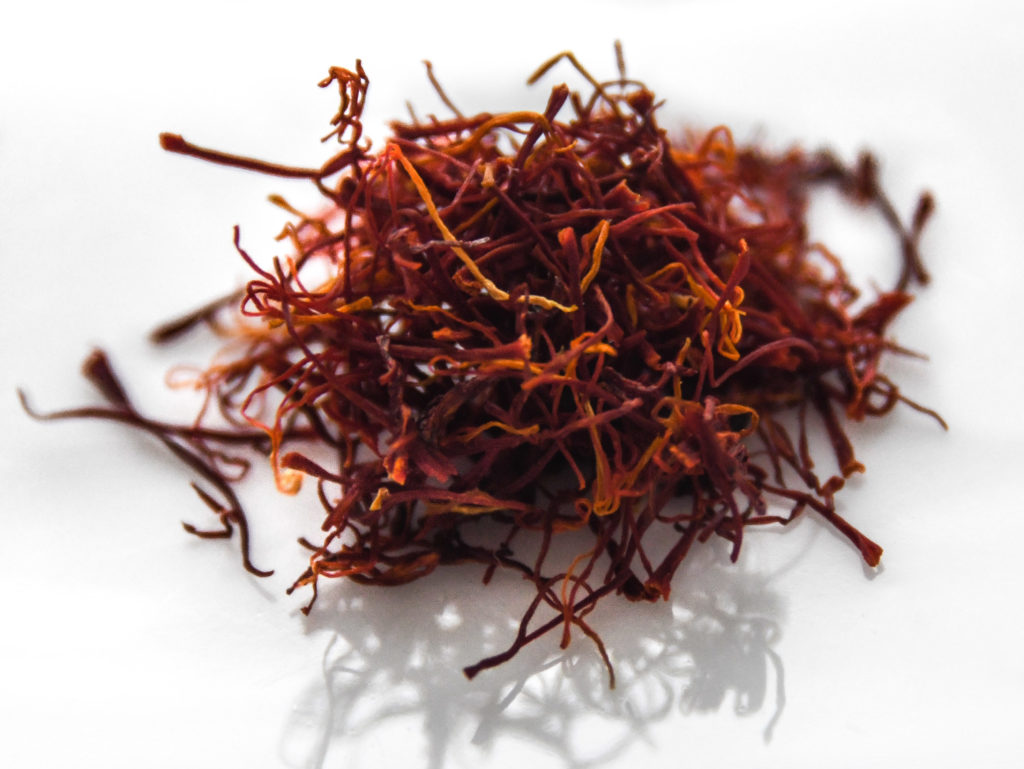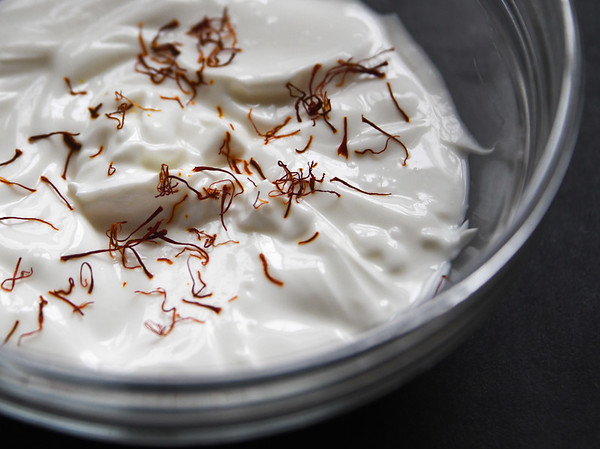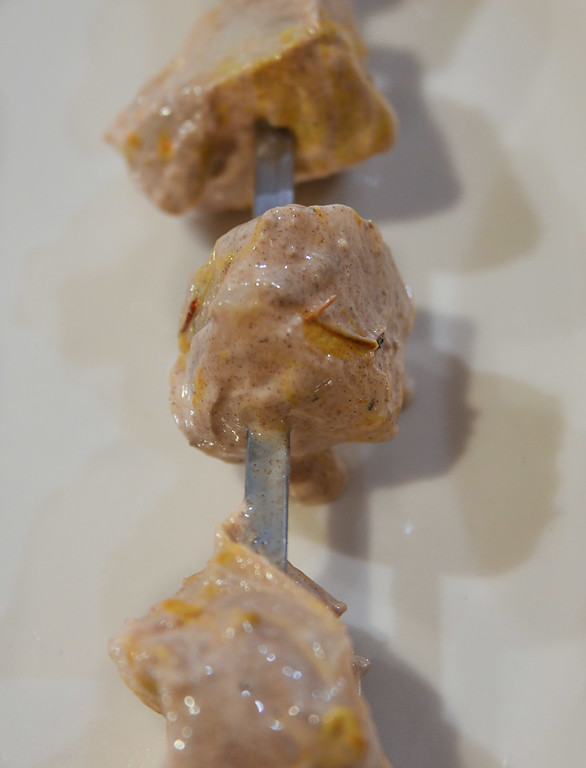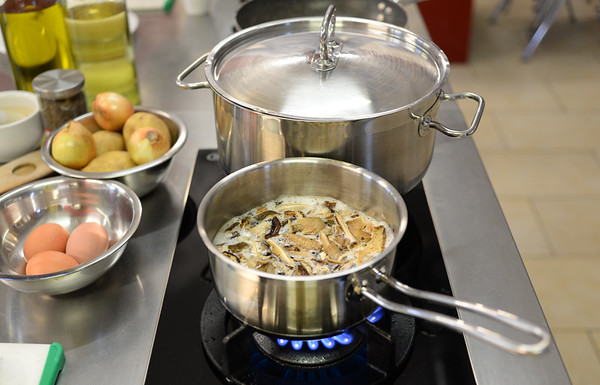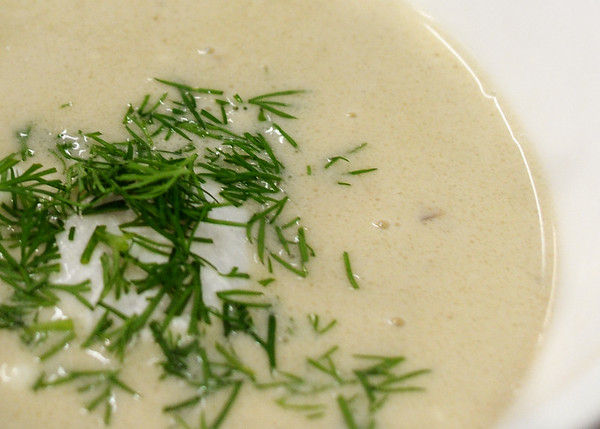In a season filled with rich, heavy foods and cloying sweets I like to take a page from my stack of European cookbooks and bake a few dozen spice cookies. These fragrant cookies date back to the Middle Ages when ingredients such as pepper, cinnamon and cloves were rare and expensive commodities. As a result, they were used sparingly and for special occasions such as Christmas.
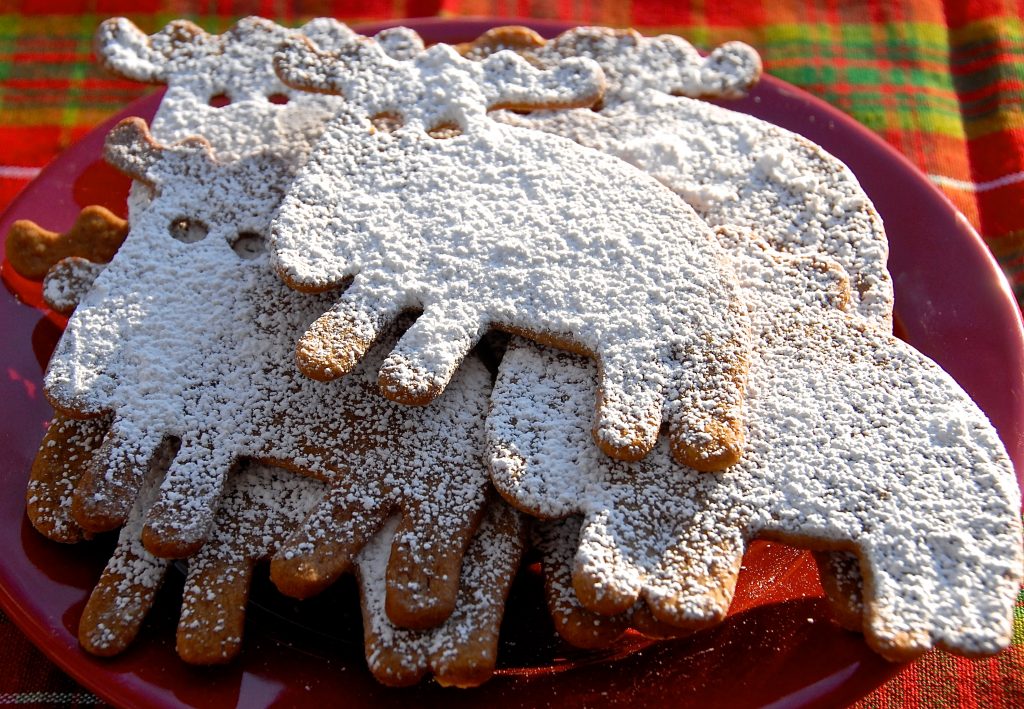
All sorts of spice cookies
Most Europeans countries have some type of spice cookie. In Germany it’s the bite-sized pfeffernüsse while in Russia it’s clove- and black pepper-seasoned pryaniky. The Netherlands has crisp, windmill-shaped, spice-laden speculaas while Spain offers an anise-flavored, cinnamon-dusted, cut-out known as biscochito or “little biscuit.” What I usually bake, though, are ginger, cinnamon, cardamom, clove and nutmeg-laced Swedish pepparkakor.
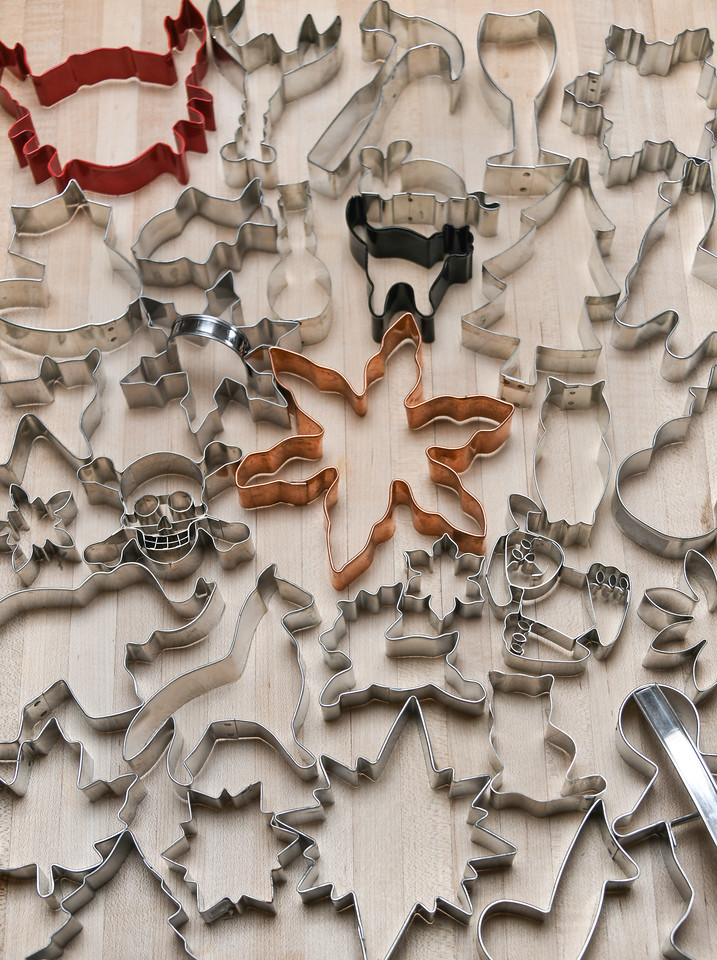
Cutting cookies
Featured in Astrid Lindgren’s “Pippi Longstocking” tales, Swedish spice cookies are cut into the shapes of pigs, horned goats, reindeer, bells, stars, hearts and a bearded, gnome-like man known as Tomte; I think of Tomte as the Scandinavian version of Santa Claus. Since my cookie cutter collection contains everything but pigs, goats, bells, stars, hearts or gnomes, I use Stockholm-sourced moose and reindeer cutters to shape these treats. When I’m pressed for time, I skip the cutters altogether and roll the dough into small balls.
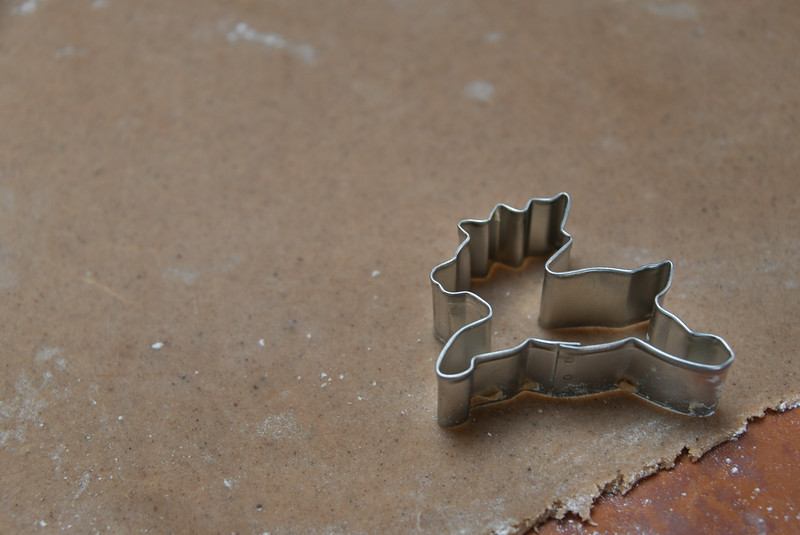
After baking the cookies for four to six minutes, I dust them with confectioner’s sugar and serve them with coffee, tea or wine. Quick to make and decorate, these spice cookies are a gift to all harried holiday bakers.
Swedish Spice Cookies
Makes about 3 dozen cookies
1/2 cup unsalted butter, at room temperature
3/4 cup firmly packed light brown sugar
3 tablespoons light corn syrup
3 tablespoons water
1 1/2 cups plus 2 tablespoons all-purpose flour, plus more for rolling the dough
1 teaspoon baking soda
1 teaspoon ground ginger
1 teaspoon ground cinnamon
1 teaspoon cardamom
1/2 teaspoon ground cloves
1/4 teaspoon ground nutmeg
Pinch fine ground black pepper
Confectioner’s sugar, optional, for dusting over the cookies
In a large bowl beat the butter until soft and creamy. Add the sugar, syrup and water and beat until well combined.
Whisk together the cinnamon, cardamom, ginger, cloves, nutmeg, pepper, baking soda and flour. Add the flour mixture to the creamed butter and beat until a soft, sticky dough forms. Shape the dough into a ball, cover with plastic wrap and refrigerate for a minimum of 3 hours or up to 2 days.
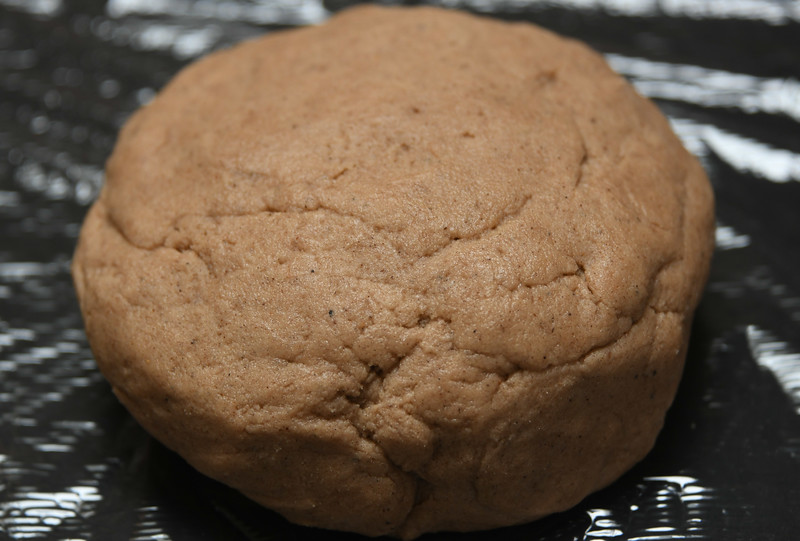
When you’re ready to make the cookies, preheat the oven to 425 degrees Fahrenheit. Line several baking sheets with parchment paper and set aside.
Place the dough on a clean, floured work surface. Using a floured rolling pin, roll out the dough to ¼-inch thick.
Using cookie cutters, cut out the cookies and place them one inch apart on the baking sheets. As this is a sticky dough, you made need to refrigerate it again for 5 to 10 minutes after cutting your first batch of cookies. This will stop the dough from sticking to the rolling pin, work surface and cookie cutter.
Bake the spice cookies for 4 to 6 minutes or until golden brown. Allow the cookies to cool slightly before moving them to wire racks. Dust with confectioner’s sugar and cool completely. Store in an airtight container.
